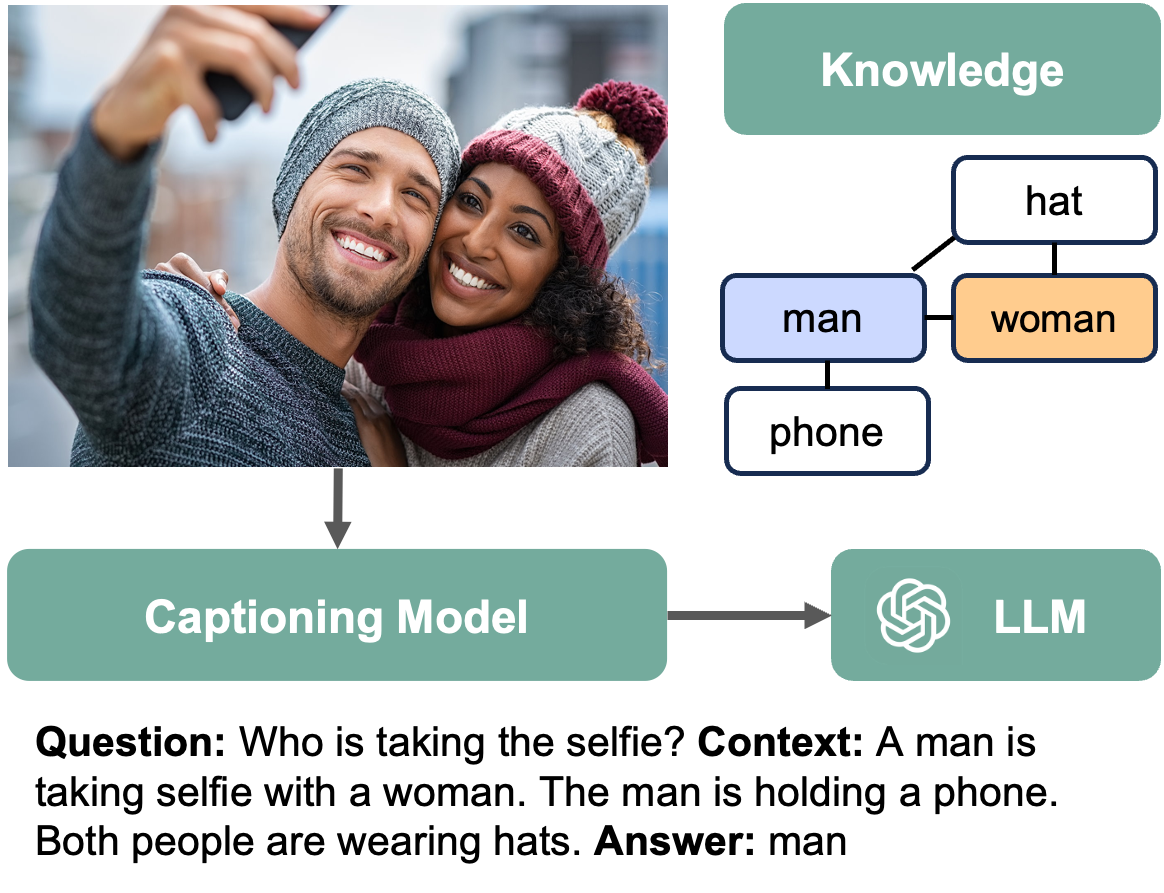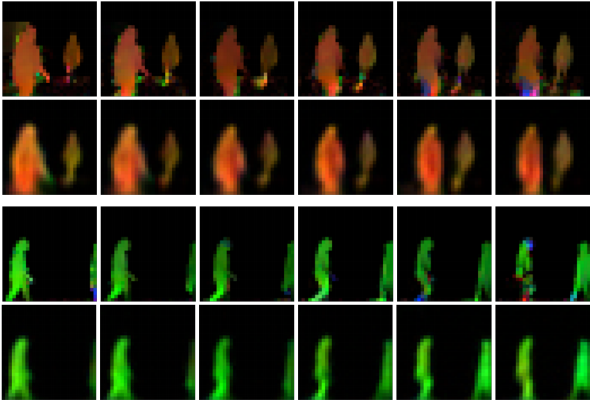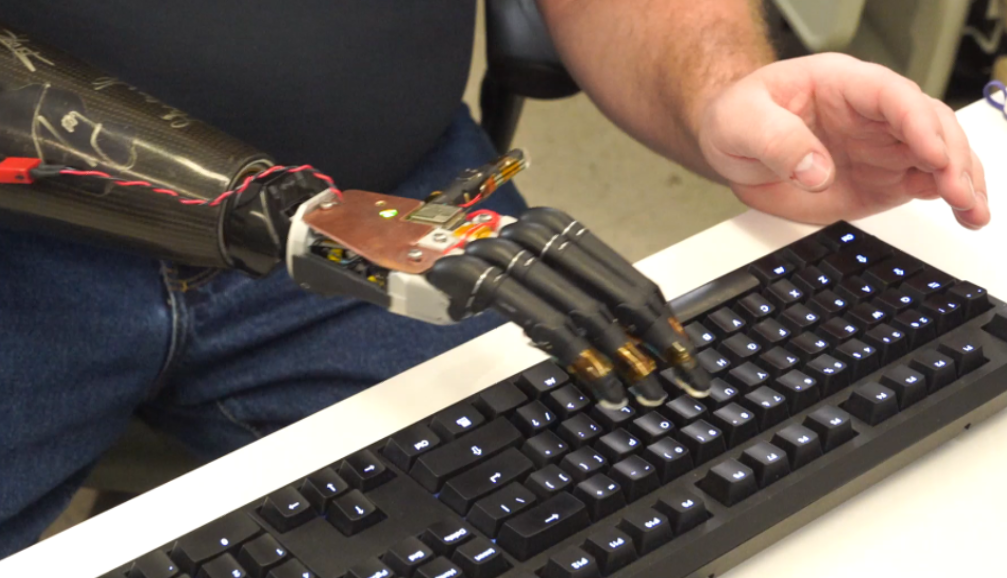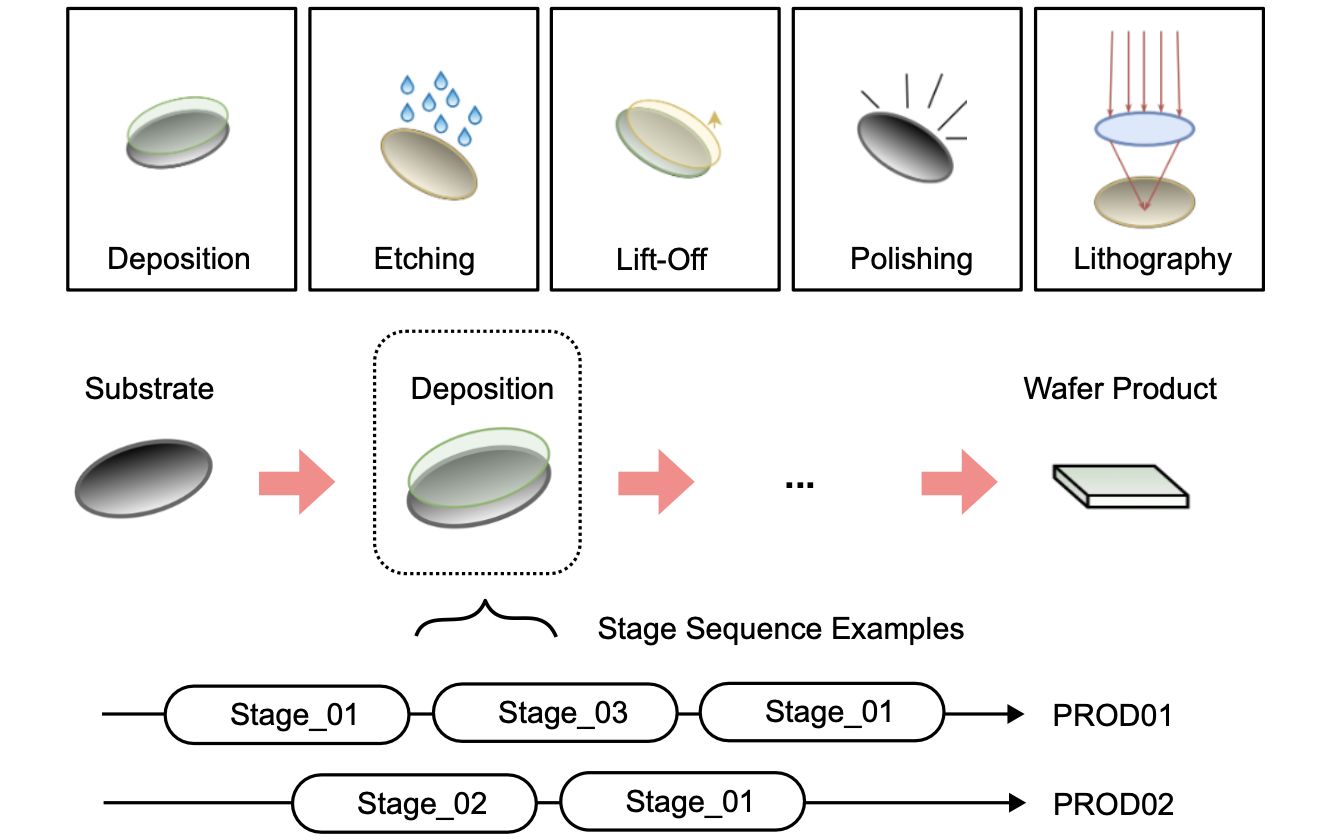Trustworthy AI

|
Our recent research focuses on trustworthy AI, aiming to create AI systems that are explainable, generalizable, and fair. Below are several current topics:
|
Enhancing AI with Attention and Reasoning Capabilities

|
We are interested in AI systems that perceive, learn, and reason to perform real-world tasks. Below are several current topics:
|
SALICON: Data-driven Approaches to Saliency Research
|
|
We study saliency and make a number of data and model contributions to unaddressed issues in saliency
research (see
here
for details).
SALICON
is an ongoing effort in understanding and predicting attention in complex natural scenes with big data
paradigm and data-driven approaches. So far we
have: |
Deep Learning and Unsupervised Representation Learning

|
We propose a number of theoretical and application innovations in machine learning methods. We study
methods to make deep neural networks more efficient, generalizable, and trustworthy. We develop
representations and architectures for visual, behavioral and neural data, addressing
domain-specific needs and overcoming their challenges. We are also interested in visualizing and
interpreting deep neural networks. |
Artificial Intelligence for Mental Health

|
We develop neural networks and other AI technologies to understand neurodevelopmental and
neuropsychiatric disorders for automatic screening and improved personalized care. For example,
atypical attention and behaviors play a significant role in developing impaired skills (e.g., social
skills) and reflects a number of common developmental / psychiatric disorders including ASD, ADHD, and
OCD. Our study integrates several techniques including behavioral, fMRI and computational modeling to
characterize the heterogeneity in these disorders and to develop clinical solutions. We are lucky to
work with leading scientists and clinicians including
Ralph Adolphs,
Jed Elison,
Suma Jacob,
Christine Conelea,
Sherry Chan, and
Kelvin Lim. |
Artificial Intelligence for Neural Decoding

|
We are interested in areas bridging artificial intelligence and human functions. We have developed a
neural decoder to infer human motor intention based on peripheral nerve neural recordings and
demonstrated the first 15 degree of freedom motor decoding with amputee patients. It has also shown an example of true bi-directional human-machine interface with mutual learning and adaptation: the human learns over time to better express their intent to mind-control prosthetic hand movement, and the machine learns from the choices and refined the model. We collaborate with
talented engineers, scientists, and clinicians on this exciting topic:
Zhi Yang,
Edward Keefer, and Jonathan Cheng. |
Artificial Intelligence for Smart Manufacturing

|
The critical need to transform the US industry is driven by severe supply chain disruptions, complex technology demands, labor shortages, and declining interest among the younger workforce. To overcome these obstacles, we develop trustworthy AI systems that automate manufacturing processes, significantly enhancing their efficiency through improved monitoring and control. Our approach involves equipment sensorization, dataset standardization, and integration of robust and trustworthy AI models into advanced process control systems. These efforts aim to optimize process yield and quality, thereby advancing manufacturing capabilities in broad areas such as semiconductor and other industries. We collaborate with Seagate Technology to advance the use of machine learning in the manufacturing.
|